The internet was abuzz a couple of weeks ago with a video featuring a former Royal Navy BAe Sea Harrier taxiing around an airfield under its own power. While witnessing such a scene would not be so unusual in the United States, as former U.S. Marine Corps Harrier pilot, Art Nalls, has been operating Sea Harrier FA.2 XZ439 out of his Maryland base since 2007, the Sea Harrier in this video was cruising around an airfield in the United Kingdom… and that was indeed news!
The Royal Navy retired their fleet of Sea Harriers in March, 2006, with the RAF disbanding their own Harrier force in March, 2011… so no British Harriers, of any kind, have been publicly active in their home country for more than a decade. Curious, we looked into this little bit of magic taking place in Britain, and that is when we connected with Chris Wilson, the proprietor of Jet Art Aviation (JAA).
As Chris related…
Jet Art is a veteran-run UK aviation company founded in 2005 by former Royal Air Force aircraft engineer Chris Wilson and his wife Melanie. The company predominantly specialises in the supply of ex-military aircraft for museum, display and educational purposes. However, as the company has evolved over the last 16 years, the quality of the aircraft within their inventory and the level of functionality has increased to where a live, but not presently airworthy, Sea Harrier is now available for sale. For legal, insurance and liability purposes the company does not sell aircraft in officially flight-worthy condition, however there is nothing to stop a future custodian restoring one of these birds to the next level at a later date; albeit at their own risk.
[wbn_ads_google_one]
Over the last nine months JAA has restored former Royal Navy Sea Harrier FA.2 ZH798 to the point where the aircraft is now ground runnable and will taxi under its own power. This aircraft is one of five Harrier jets on the company’s inventory at present; four of these being single-seaters while one is a unique and beautiful two seat example (XW175) known as the ‘VAAC’, a former trials aircraft resplendent in its red white and blue livery. [VAAC is the acronym for Vectored thrust Aircraft Advanced Control].
The ZH798 project started in January 2021 when JAA dismantled and extracted three Sea Harriers from UK Naval base RNAS Culdrose in Cornwall and moved them 400 miles north to Jet Art HQ for reassembly and restoration. These aircraft were formerly part of the ‘’Dummy Deck’’ at the Royal Navy School of Flight Deck Operations and used to train groundcrew for positioning the aircraft on a carrier deck. The UK’s Ministry of Defence (MOD) disposed of these aircraft via competitive tender towards the end of 2020. While the bidding process was open to the public, potential purchasers had to prove that they were properly qualified, experienced, and equipped to dismantle and extract the aircraft in a “compliant” manner. With most of the Jet Art Aviation team being ex-military aircraft engineers, that was not a problem – that being said, Storm Christoph made the whole task rather too ‘interesting’ this January. Working outside in winter stripping aircraft in the most inclement conditions is not for the faint of heart!
We found that one of the three aircraft we acquired, ZH798, was both very complete and in great order. This airframe was one of the final UK ‘new build’ 1st Generation Harriers and entered service in 1996. When retired, ZH798 had only been in service for 10 years and had accrued just 1,558 airframe hours. It had a very low fatigue index on the fuselage (just 15.6 FI), and 21 FI on the wing. We also discovered during the restoration that the Sea Harrier’s Rolls-Royce Pegasus engine had a good number of hours remaining.
[wbn_ads_google_one]
We deemed that storing this airframe in a suitable hangar was the only responsible option, being her new custodians. Hangarage at former RAF Station Church Fenton (an ex-military base in the north of England now known as Leeds East Airport) was provided by Makin Air. ZH798 was delivered to Church Fenton on Monday, February 1st, 2021. The aircraft was reassembled and put back into its No.801 Naval Air Squadron markings (as worn when last flown) along with side code ‘002’. Interestingly, in September, 1940, RAF Church Fenton became home to the first of the Eagle Squadrons (No.71), RAF fighter units comprised of U.S. volunteer pilots in the days prior to US entry into WWII.
Having previously restored a Harrier GR3 back to ground running condition in 2016, the temptation for the JAA team to attempt the same thing with a Sea Harrier was significant. After an in-depth assessment, ZH798 was found to be the perfect candidate and despite missing several components, the bulk of the aircraft’s systems were found to be present and in good order. One of the other Sea Harriers from RNAS Culdrose acted as a donor aircraft/parts source for the project, yielding plenty of what we needed.
After a period of inspection, systems testing and going through the aircraft in great detail, we were able to conduct the first engine runs and leak checks on 27th September. The aircraft ran twice that day and conducted a 6-minute taxi test.
The first day of testing highlighted a few minor snags and issues which needed rectifying before the second runs, which we performed on October 15th. Once again, the Harrier ran twice that day, and this day featured a much longer, 16-minute taxi test. An RAF pilot was at the controls for these tests, and the aircraft behaved beautifully. The restoration and ground runs/taxi-tests were filmed for a UK TV documentary that will be aired in early 2022.
Having invested a large amount of money, time, and effort on this project, the aircraft is now for sale so that the company can roll on to their next project. ‘’We achieved our goal of making the aircraft function once again, and it’s now for sale as a ground runnable Sea Harrier that lives, breathes, and moves under its own power. Harriers make fantastic financial investments and in many ways are comparable to a modern equivalent of a Spitfire or Hurricane. We don’t expect this one to be on the market for long. Price is on application for confidentiality purposes, but is less than you would think for a warbird of this calibre and pedigree.”
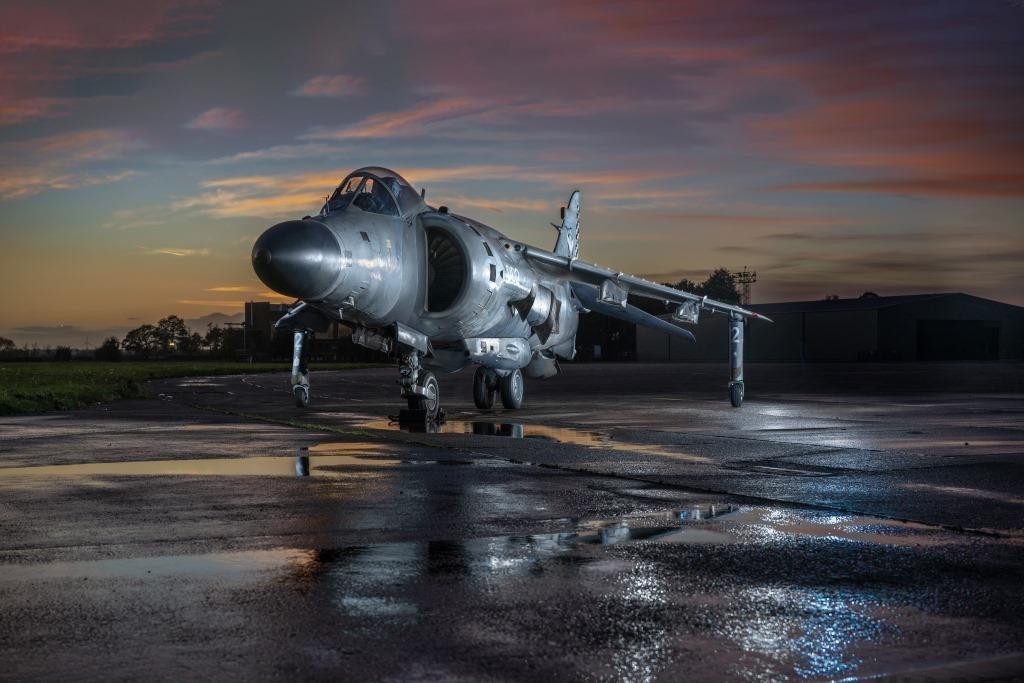
The good thing for any US readers wanting to invest in a Jump Jet of their own is that Jet Art can offer a full-delivery service. Having previously exported Harriers to the USA, Canada, Australia and New Zealand, to name but a few, JAA is no stranger to international shipping (only friendly countries need apply though!). Whilst the paperwork process is rather lengthy, it can be completed on the buyer’s behalf through specialist brokers. It is also worth noting that these aircraft are decommissioned from a military perspective, with their radar and weapons systems removed.
[wbn_ads_google_one]
Jet Art Aviation’s current portfolio of aircraft has recently been described as having some of the most interesting and exciting ex-military aircraft available for sale anywhere in the world. As well as multiple Harriers, BAe Hawks, Jaguars and a Falklands War veteran Lynx helicopter, the company also owns the world’s only surviving Panavia Tornado F2A (ZD902), a Mach 2.2 capable, swing-wing, fast jet interceptor. Of the 18 Tornado F2s built, just one was upgraded into an F2A, to match the later-generation F3, and the remaining F2s were RTP’d (Returned to Produce). More about that aircraft in another article…
Many thanks indeed to Chris Wilson for talking with us, and for providing the images, courtesy of ‘Jet Art Aviation Ltd/Chris North’








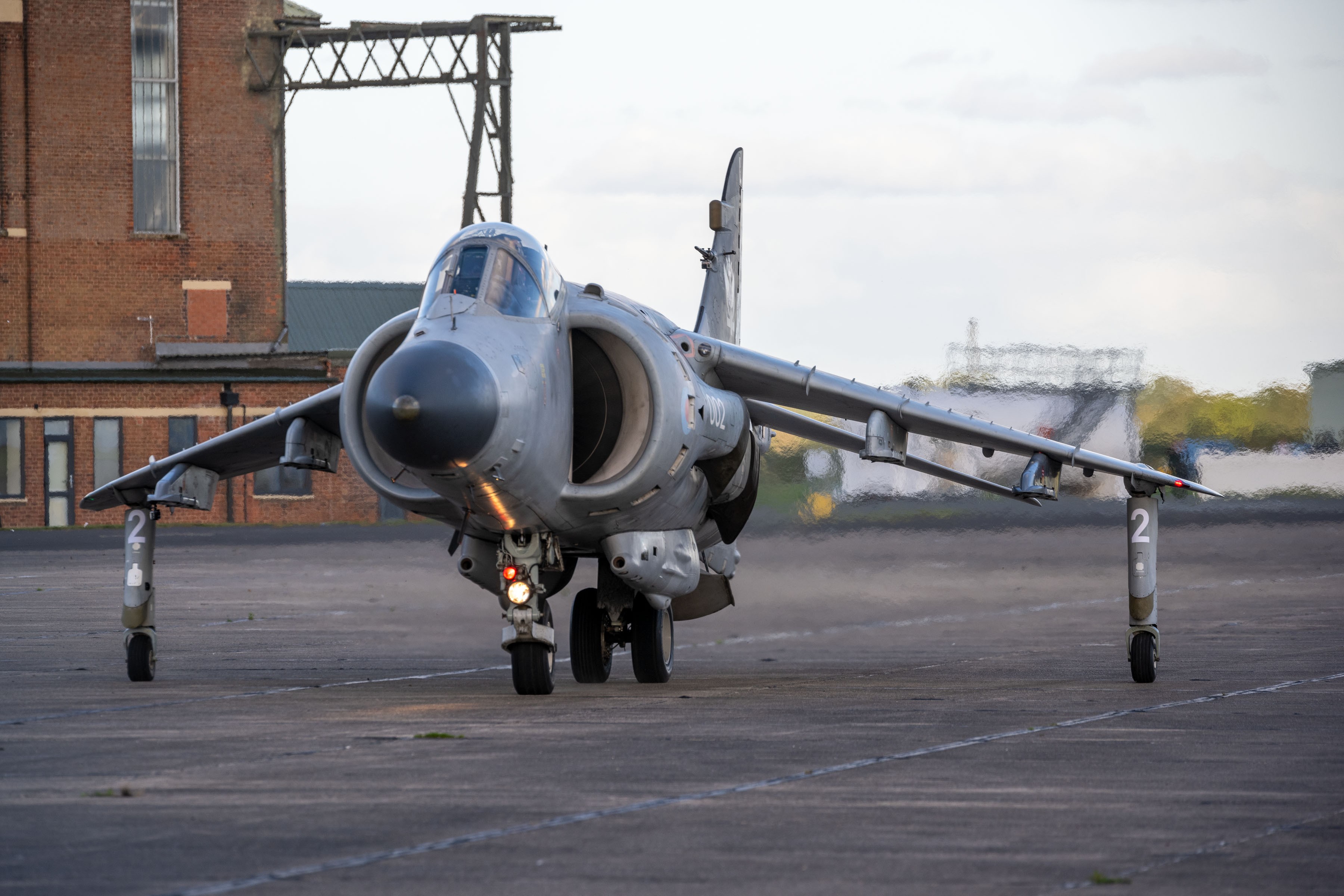
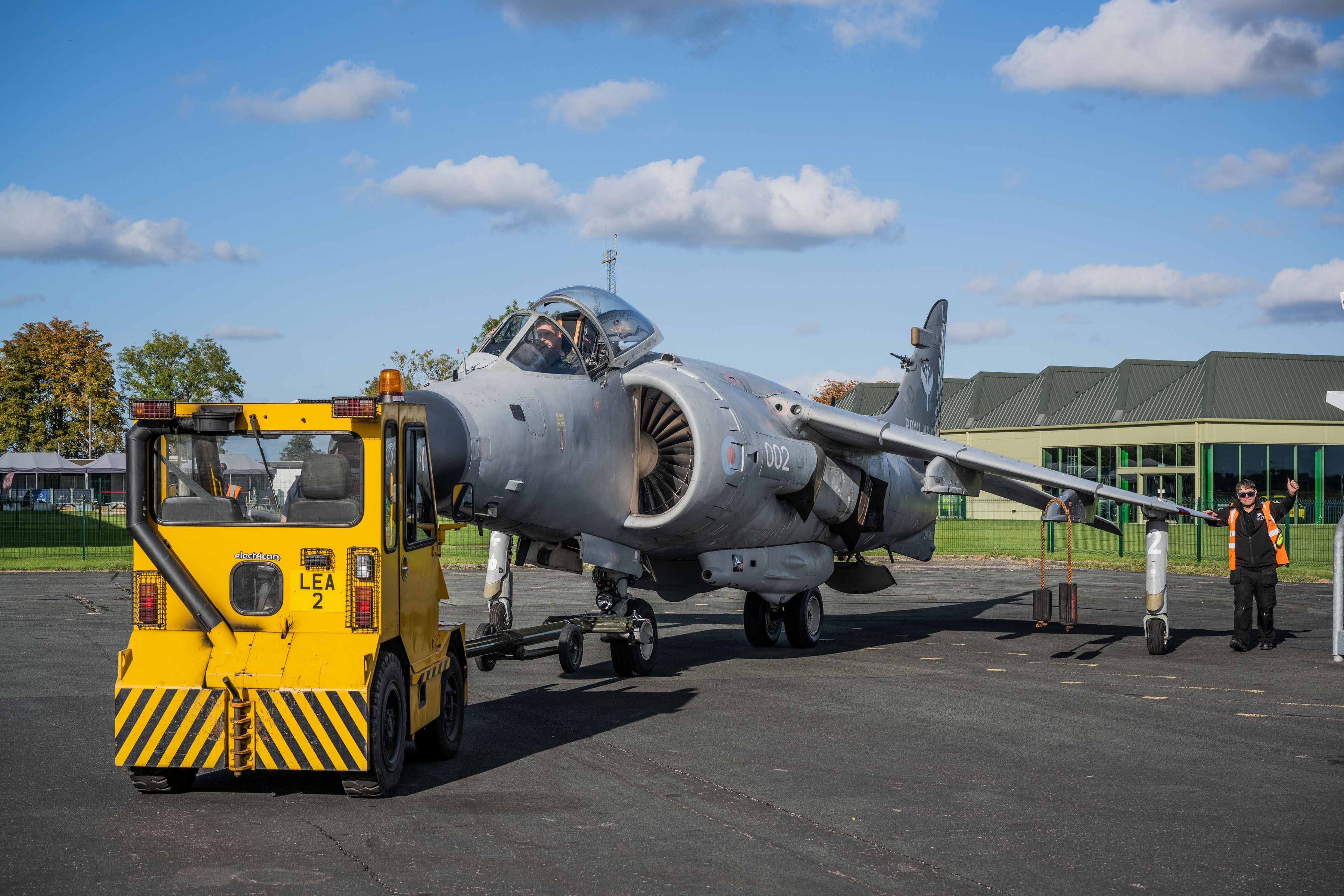
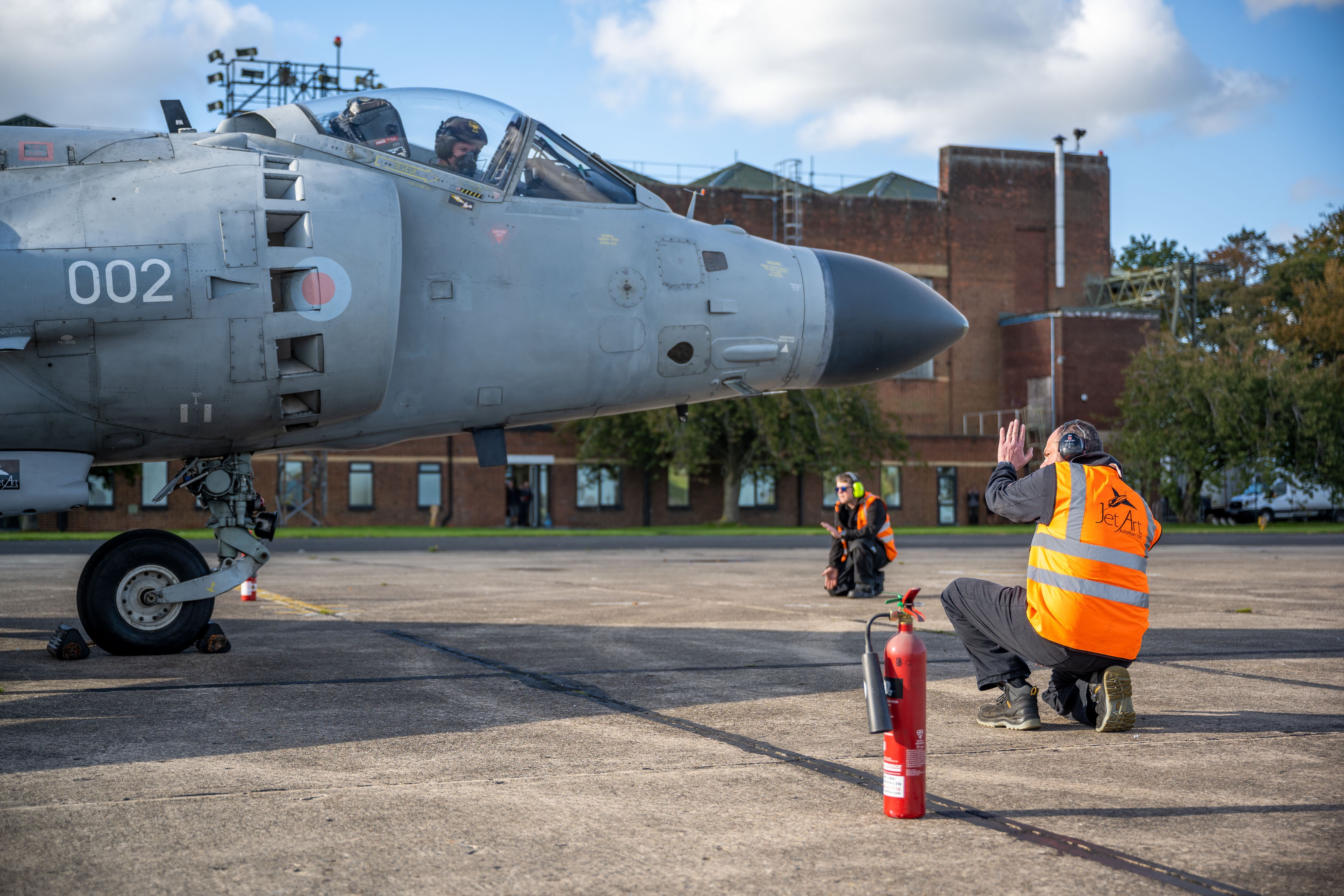
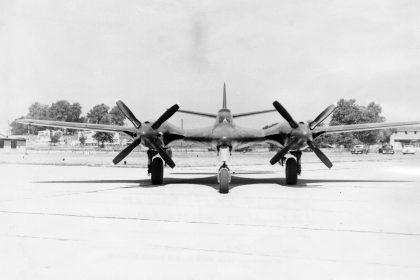
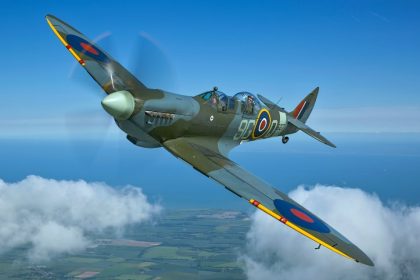
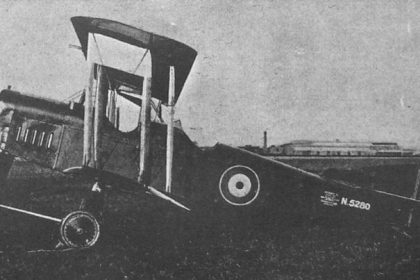
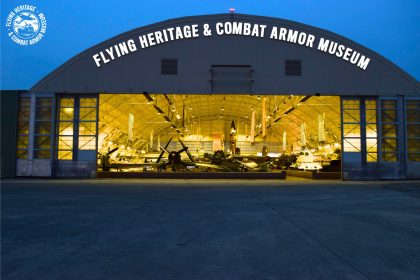
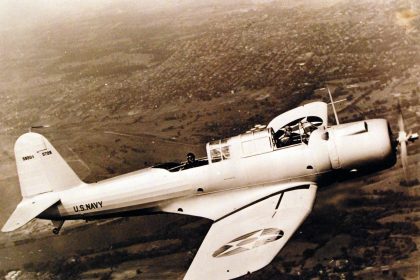
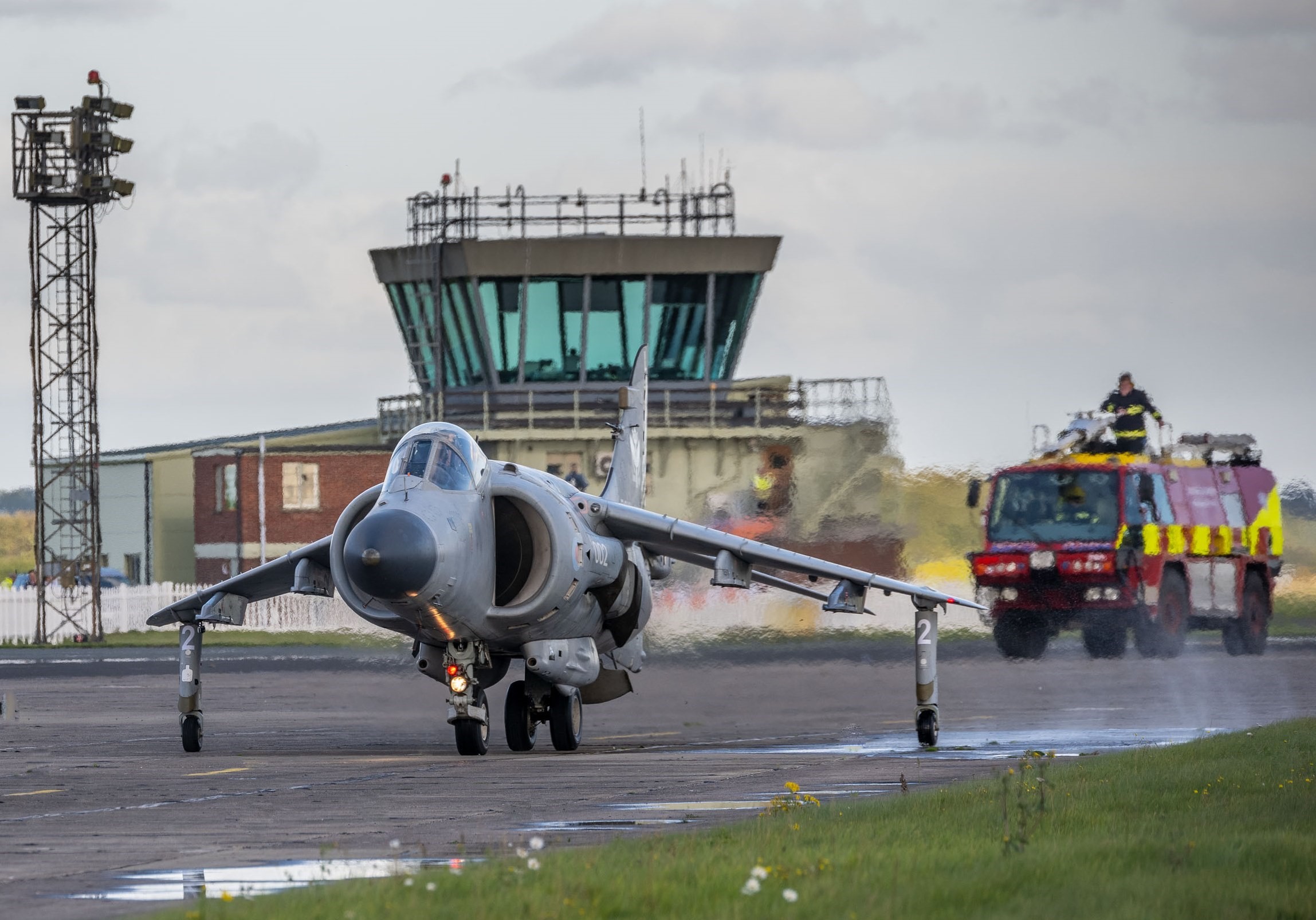
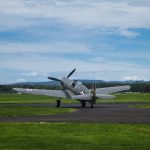
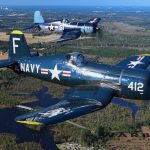
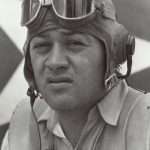
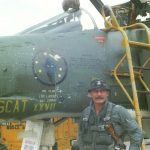
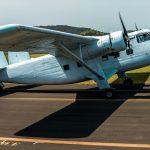
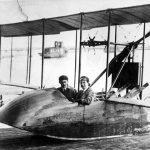
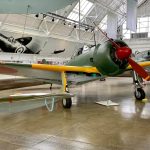





The elephant in the room is never discussed…Ejection Seat. They talk it up as a great investment and almost flyable – as if the wings, fuselage and engine with all systems were all that is required. I’d like to hear that the SHAR has an operating ejection seat, inspected and passed by suitably qualified techs before I would think of purchase or return to the air, if that is the goal. As an aside, how do you test an ejection seat without destroying it and a large part of the aircraft?